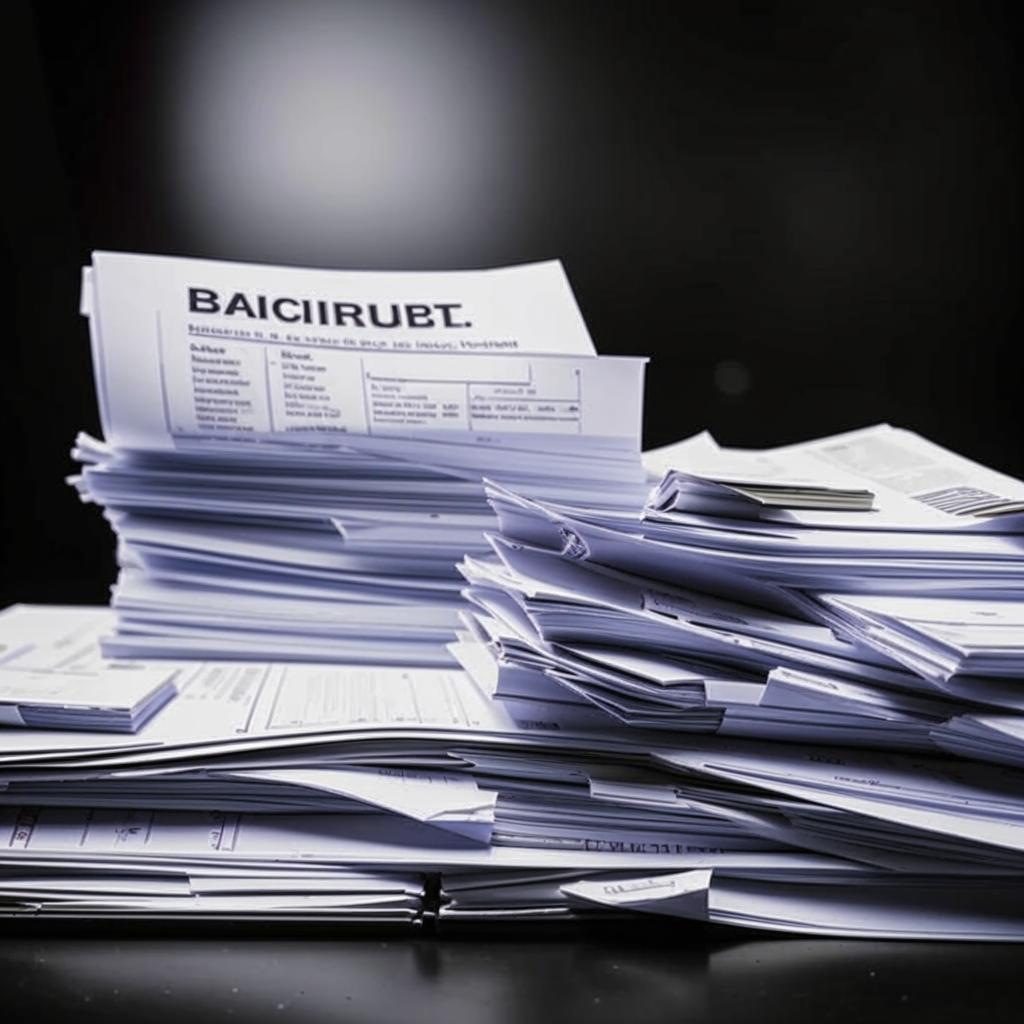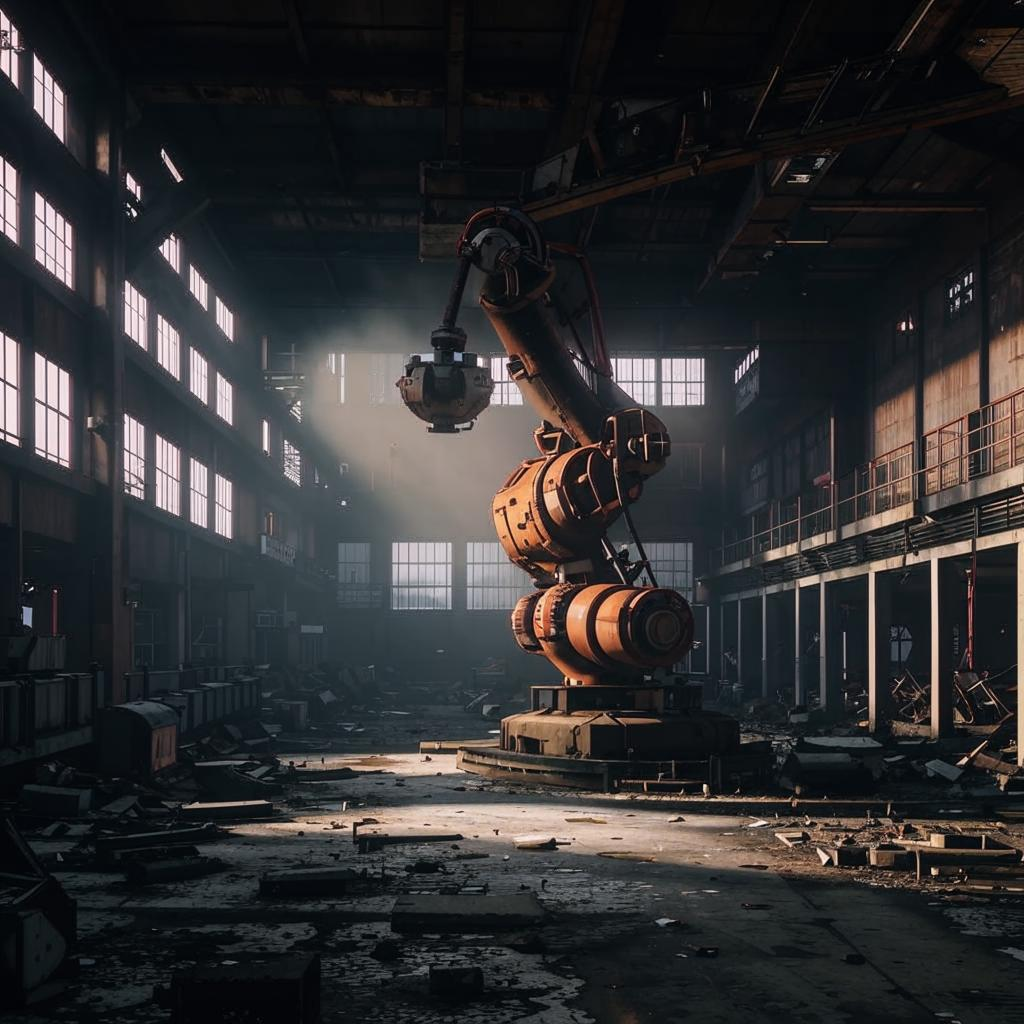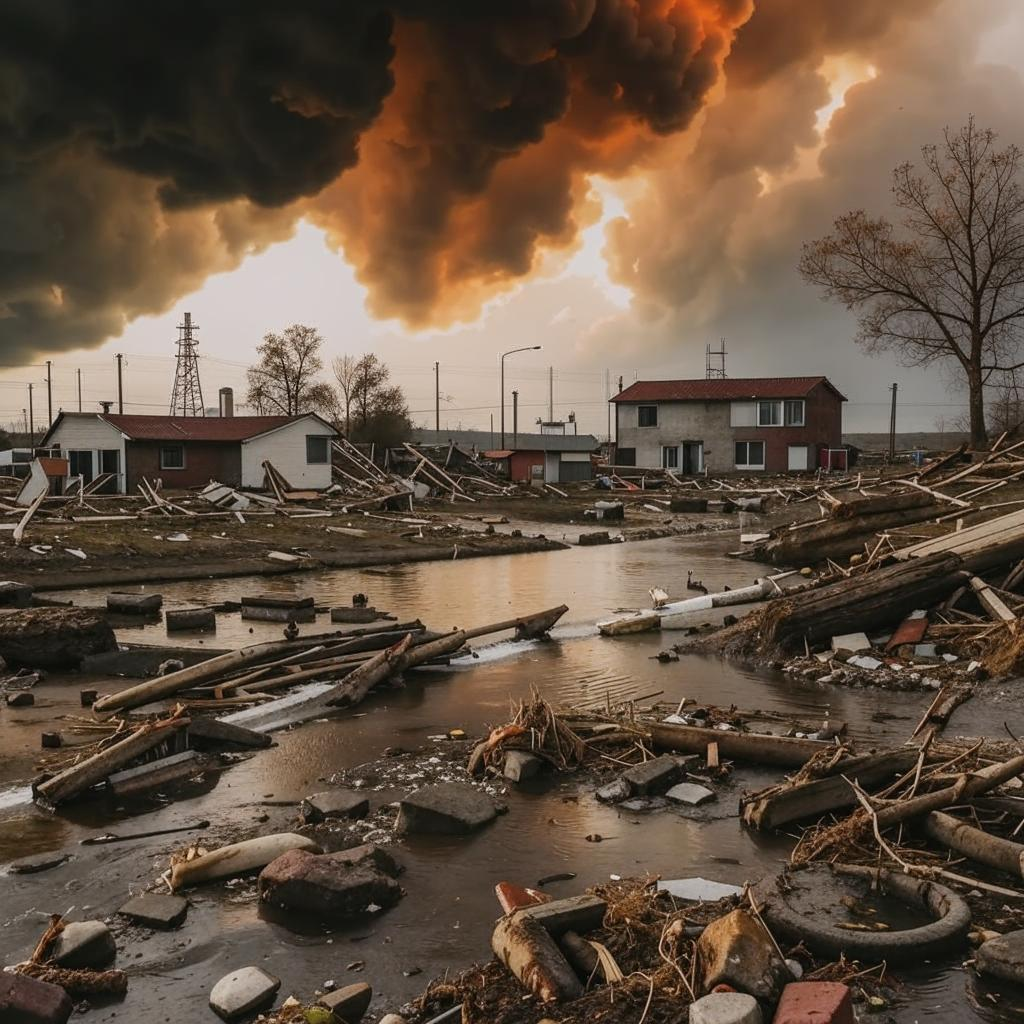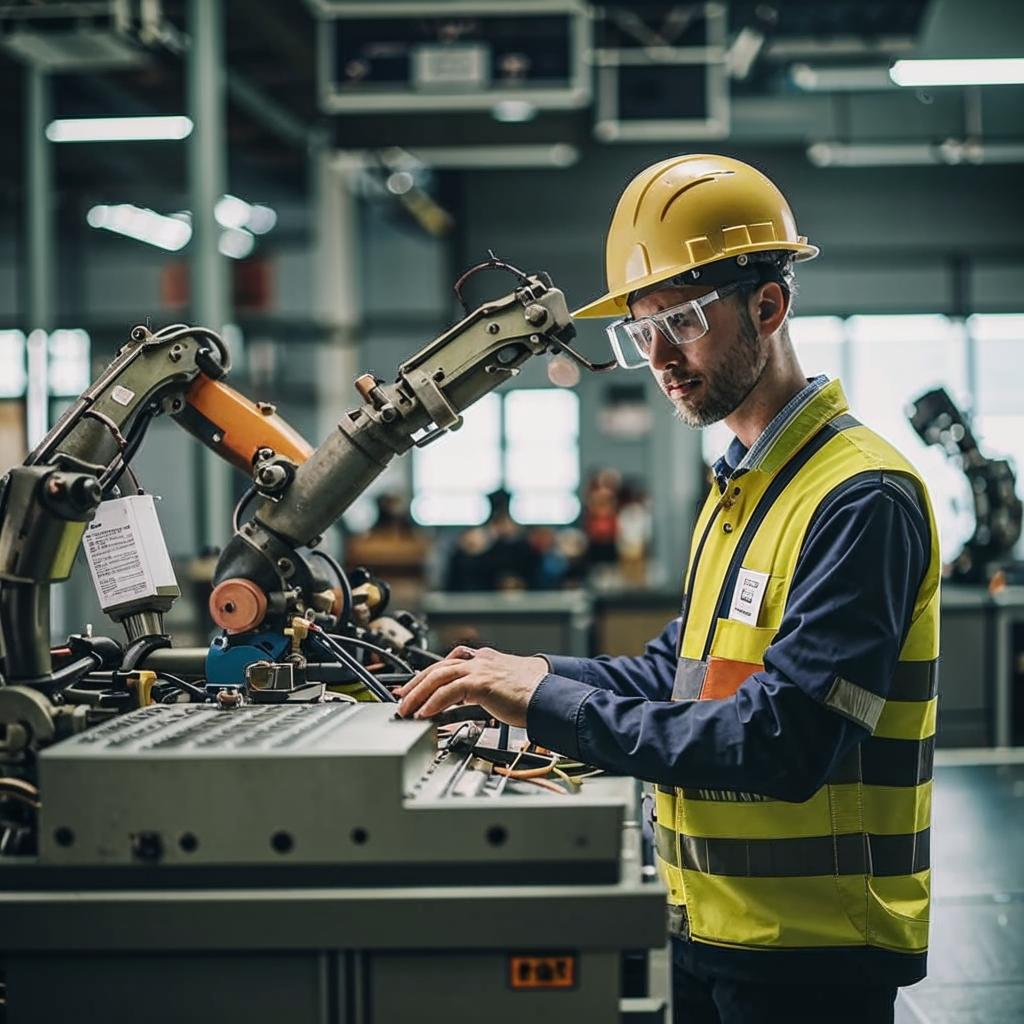Corporate bankruptcies are on the rise, signaling a potential shift away from the artificially suppressed levels seen during the pandemic era. After years of historically low bankruptcy filings, businesses are now facing a more challenging economic landscape.
Several factors contribute to this trend. Rising interest rates, implemented to combat inflation, are making it more expensive for companies to borrow money, increasing the strain on those already struggling. Persistently high inflation also eats into profitability, making it difficult for businesses to maintain healthy margins. Supply chain disruptions, while easing, continue to add to operational costs for many firms. The combination of these pressures creates a perfect storm that leads to increased financial distress and ultimately, more bankruptcies.
While the increase in bankruptcies might sound alarming, some economists argue that it represents a normalization of the economic cycle. During the pandemic, unprecedented government support and low-interest rates kept many struggling businesses afloat. Now, as those programs end and interest rates rise, businesses that were only marginally viable are now succumbing to market forces.
The rising bankruptcy trend is not uniform across all sectors. Industries particularly vulnerable to inflation, like retail and consumer discretionary, are experiencing higher rates of filings. The increase in corporate bankruptcies does have implications for jobs and the broader economy. However, many view it as a healthy cleansing mechanism, allowing for capital to be reallocated to more productive businesses. How this trend will progress during the remainder of the year will be important to monitor, for it could be an early sign of where the economy is going.














